Grand Prix of Bharat 2023: Is MotoGP really coming to India?
The announcement of MotoGP's arrival in India has left us with more questions than answers...While it’s official now that India’s MotoGP debut is around the corner, the timelines are still not fixed or confirmed.
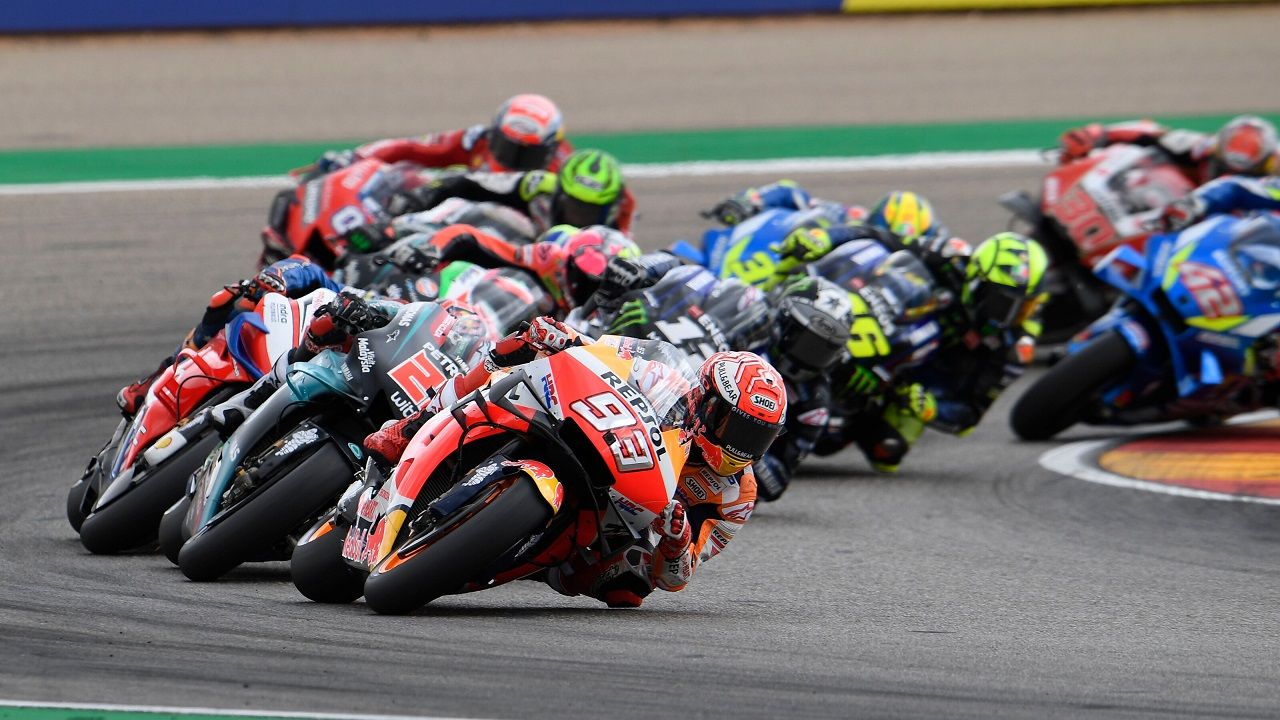
The announcement of MotoGP's arrival in India has left us with more questions than answers...
It’s confirmed! MotoGP is coming to India in 2023. Motorsport fans of the country, our prayers have finally been answered. Rejoice!
Or, should you?
You see, while it’s official now that India’s MotoGP debut is around the corner, the timelines are still not fixed or confirmed. The official statement from the Indian side – Fairstreet Sports is the firm that’s bringing it to our shores – claims that the first round of the ‘Grand Prix of Bharat’ will be held at the Buddh International Circuit in 2023. They sound confident. However, on the other side, Dorna Sports – the commercial rights holder of MotoGP – released a statement later in the day after their press conference in India, which said ‘the work has begun on a possible future Indian Grand Prix.’ There’s no mention of India making it to the 2023 calendar (not even provisionally!). There’s not even a hint of India coming on board in 2024, too. Fair to say that the deal isn’t yet carved in stone as it’s made to look.
It's true, though, that Dorna and FairStreet have signed a seven-year Memorandum of Understanding (MoU) to bring MotoGP to India. That shows the talks are in an advanced stage, indeed. However, an MoU hardly guarantees a race. In the past, Dorna has made similar agreements with Hungary, Brazil, Russia, and Finland. Still, none of these rounds has yet made it to a MotoGP season despite appearing on the provisional calendar multiple times in the last few years.
Getting back on track
Next up is the circuit itself. After F1 ditched India and Buddh International Circuit in 2013, the venue’s upkeep isn’t up to what you’d call ‘global standards.’ Sure, the BIC is still open for local track days, and many events are held at the circuit regularly. But it’s nowhere near ready to host a high-profile event like MotoGP and one that’s, unarguably, the pinnacle of motorcycle racing. As things stand today, 90% of the circuit's surroundings are in tatters and need a major overhaul.
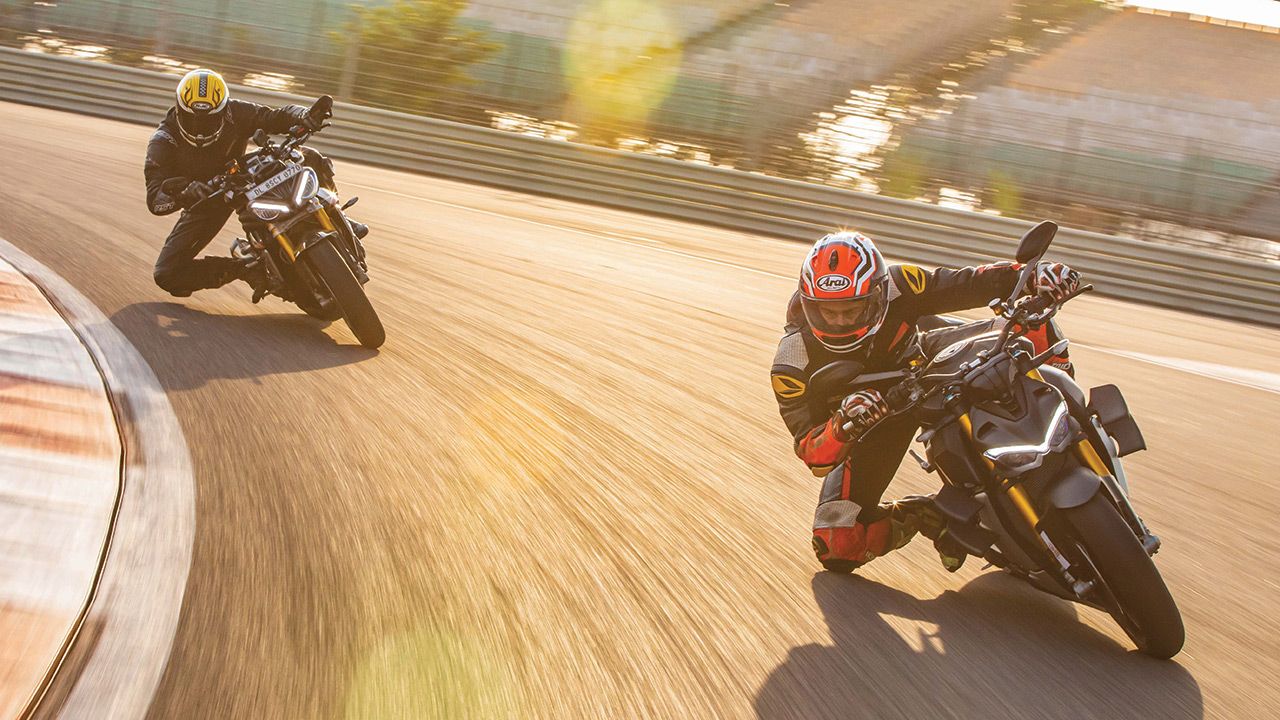
What’s more, the BIC is designed with F1 in mind. So, for motorcycle racing or MotoGP to race there, the layout will have to be modified for safety reasons. Our friend Simran King, who’s a superbike racer and a regular at BIC, explains why: ‘There are a couple of corners where the safety of MotoGP riders can be a big concern. Turn 4, which is after the 1km long straight is one such place. Similarly, at turn 15, the fencing is too close. When riders crash in T15 they sometimes skid and hit the barriers!’
Let’s not forget Simran is talking about 1,000cc road-going superbikes here. MotoGP prototypes, in comparison, accelerate like a spaceship and are capable of clocking speeds of over 360km/h as opposed to litre-class production bikes, which max out at 310-320km/h. Further, even if all the changes are made within the set timeframe (less than a year!), the track will have to be homologated by Fédération Internationale de Motocyclisme (FIM), and the BIC must receive the highest Grade-A license to host a MotoGP race. This would also require the whole asphalt to be resurfaced. Not to add, all the stands will have to be refurbished for the audience. That’s a lot of work.
Money Problem
Now, for once, let’s assume that the circuit and stands can be fixed/resurfaced/homologated within 12 months. The more serious question is – who’s going to take care of these expenses? You see, the BIC belongs to the Jaypee Group, and if you don’t already know, the firm is currently facing corporate insolvency proceedings (since 2017) over its infrastructure projects. In fact, in 2020, Yamuna Expressway Industrial Development Authority (YEIDA) sealed the BIC over non-payment of dues. However, the track action resumed shortly after and the status quo was maintained once Jaypee Group challenged the YEIDA in the Supreme Court. From what we understand, the court's decision is still pending. However, it would be foolish to assume that Jaypee’s troubles are over. We're curious to see how Jaypee Group arranges funds to fix the circuit and host a race amidst its ever-mounting debts. And all of that within a year, or two? A tall order, indeed.
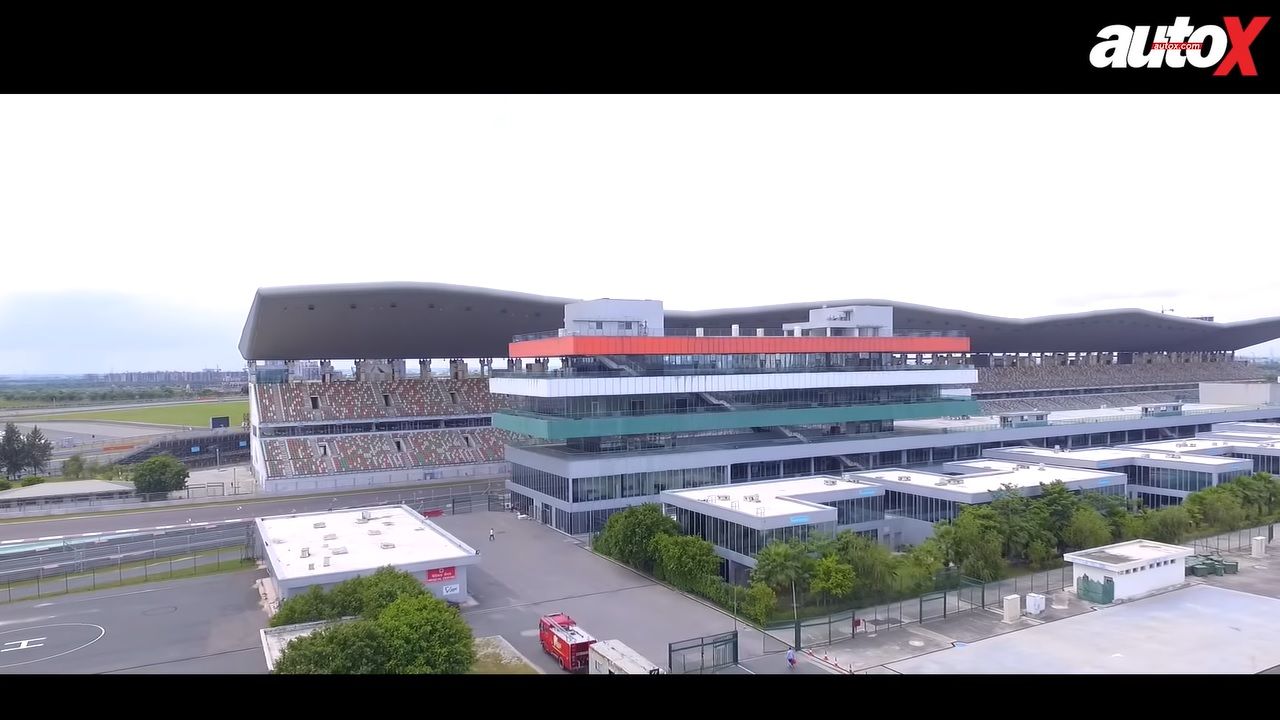
A likely possibility here is that Jaypee will simply be paid for the track by the promoters to host the event. The revenue generated by the circuit should also help the owners clear their outstanding debts in the coming years. It's a win-win situation for all the parties involved. Also, Jaypee Group – unlike how it did with F1 – doesn’t seem to have direct involvement in bringing MotoGP to India. We haven’t yet heard or seen them getting involved in any promotional activity for the ‘Grand Prix of Bharat’, which is quite telling.
That being said, Dorna plans to sign a contract for seven years with the circuit, which is a very long duration, especially considering the Jaypee Group’s poor financial health. Will they be able to sustain themselves in the current scheme of things? And for how long? Only time will tell.
A Problem of Plenty
As of this year, MotoGP hosts 20 races over a full season. That’s going to change next year to 21 races as Kazakhstan is expected to join the list before India in 2023. However, if India manages to find a spot next year, it’ll mean MotoGP will have a total of 22 rounds in a year. Now, that means there won’t be any spots left for a new venue/country (Dorna had issued a statement back in 2019, claiming MotoGP races would be limited to 22 rounds from 2022).
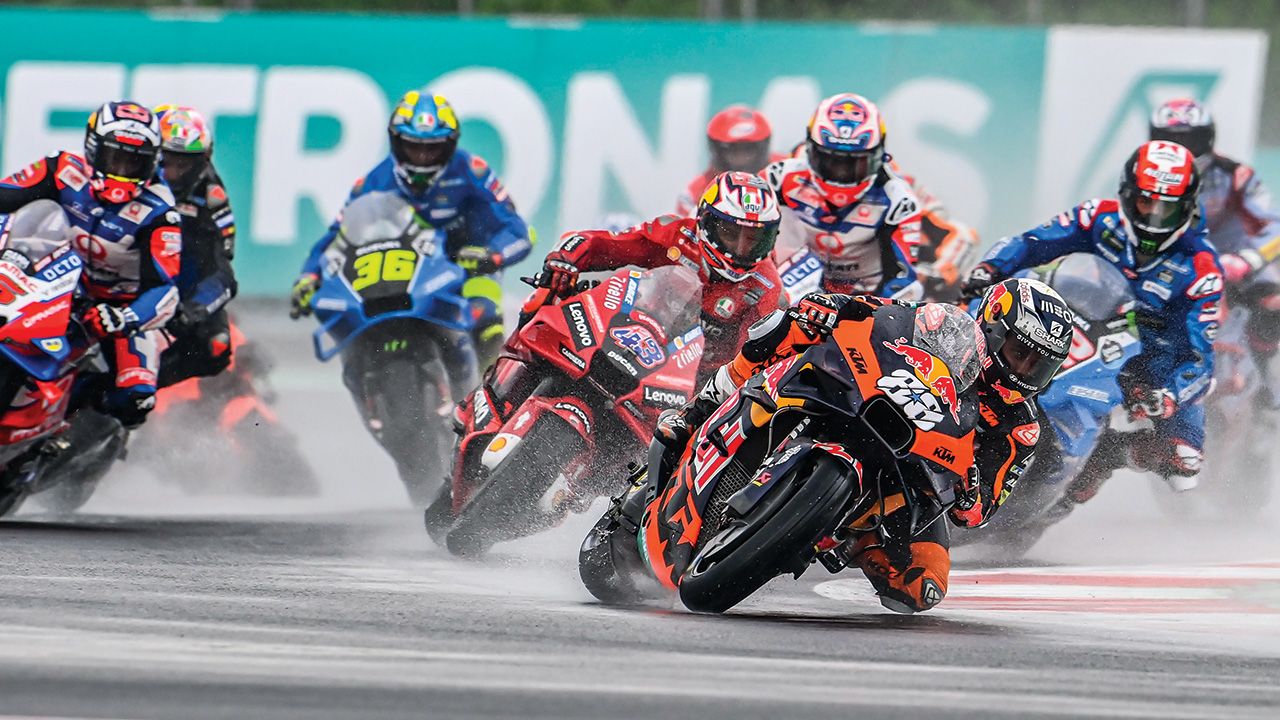
But, then, there are a lot of other circuits that are already in queue to host a MotoGP race. Saudi Arabia is one of them, and they only recently signed an MoU with Dorna. Similarly, the KymiRing track in Finland is another track that’s been waiting for its MotoGP debut for over a year. It was put tentatively in this year’s calendar but because of the ongoing geopolitical situation (Russia-Ukraine war) in the region, the event had to be postponed to 2023. Some reports also suggest that owners of the KymiRing track are facing bankruptcy (sounds familiar?), which is another reason for the delay. However, it’s also entirely possible for MotoGP to skip Finland for another year. But expect it to be back in contention in 2024.
Apart from this, a new element might prevent MotoGP from flying to other countries – Sprint races. MotoGP recently revealed their new weekend format, which will include a sprint race (starting in 2023) on Saturdays, in addition to practice (Friday), qualifying (Saturday) and main race (Sunday). So, it’s going to be a lot more hectic for teams and riders from next year. Adding yet more rounds will only make it more taxing for everyone involved.
However, there’s a solution to this problem of plenty. Instead of adding more races to the calendar, Dorna will likely reduce the number of rounds in Spain (Jerez, Catalunya, Aragon & Valencia) and Portugal (Portimao). These tracks will alternate between each other rather than hosting one race per season.
The Force Behind
There are a lot of questions that need to be answered still, and quite frankly, it all looks a bit sketchy at the moment. But what’s encouraging to see here is that the government is fully behind the cause. This is in total contrast to how things were a decade ago when F1 came to the country. Plus, the fact that Carmelo Ezpeleta, CEO of Dorna Sports, had a private meeting with the Chief Minister of Uttar Pradesh tells you the whole story. And, considering that it’s BJP who’s in power in the state as well as at the centre, bureaucratic hurdles and operational challenges shouldn’t hinder or delay MotoGP's arrival in the country.
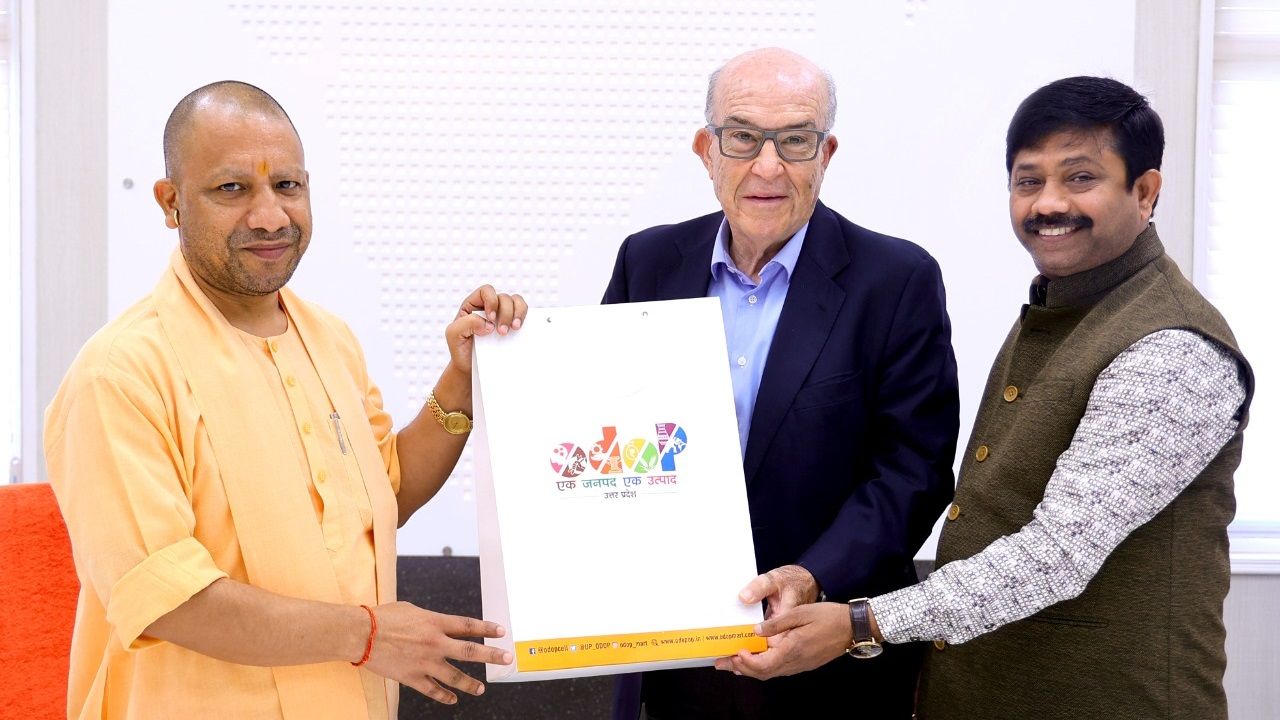
What about the exorbitant customs duties that prevented F1 and later World Superbike Championship (WSBK) rounds from happening in India? Well, it seems the current government is a bit more logical in this respect as it finally recognises motorsports as a form of ‘sport’, and not calls it a source of ‘entertainment’. The change in classification will help the organisers benefit from tax waivers on their million-dollar worth of equipment when it's brought into the country.
All told, we’re hopeful to see MotoGP arrive in India sooner than later. However, at the moment, it’s improbable for India to find a place in next year’s calendar. Frankly speaking, it’ll be a mountain to climb for the organisers to bring the MotoGP action to India even in 2024. Let’s just hope they can pull it all off in time.
.webp)

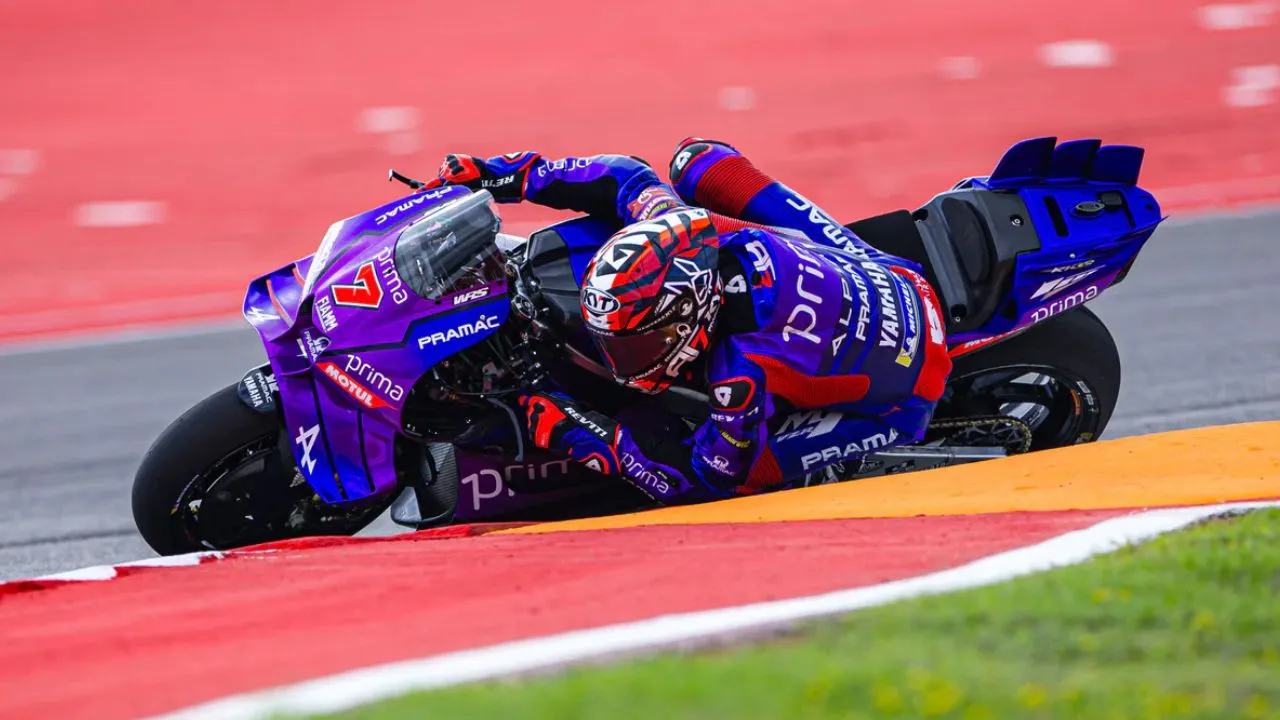
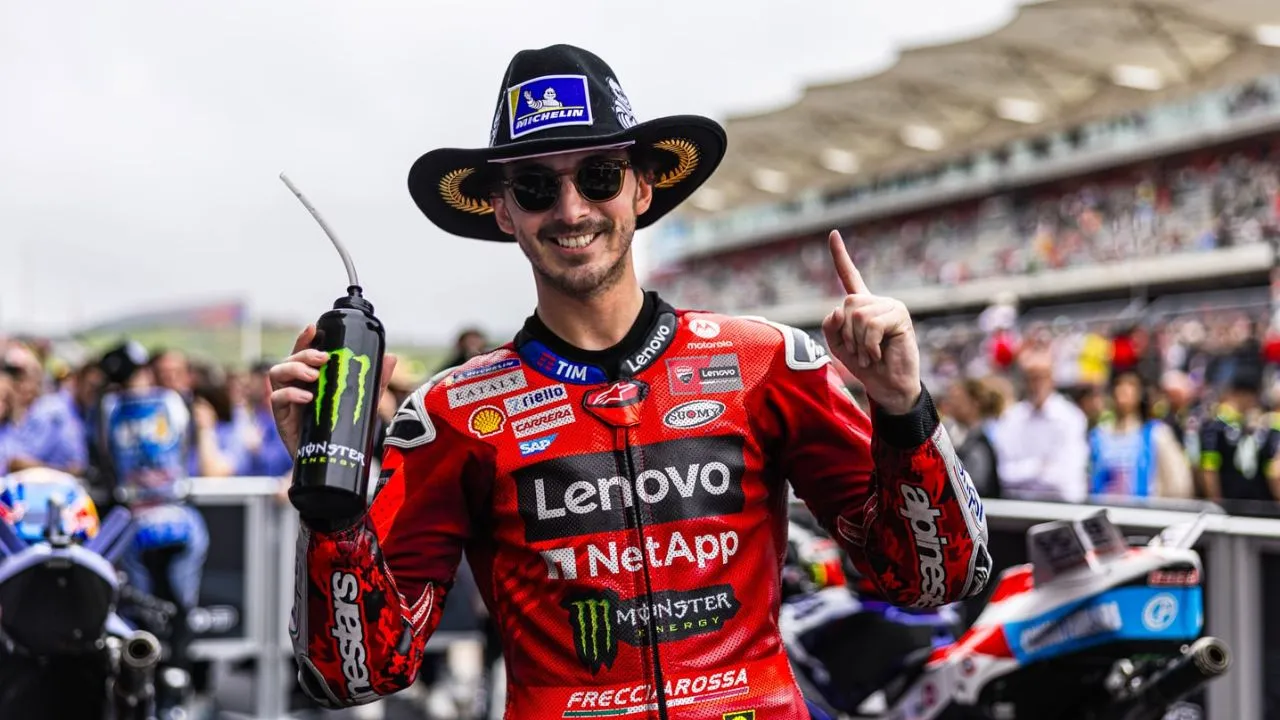
.webp)
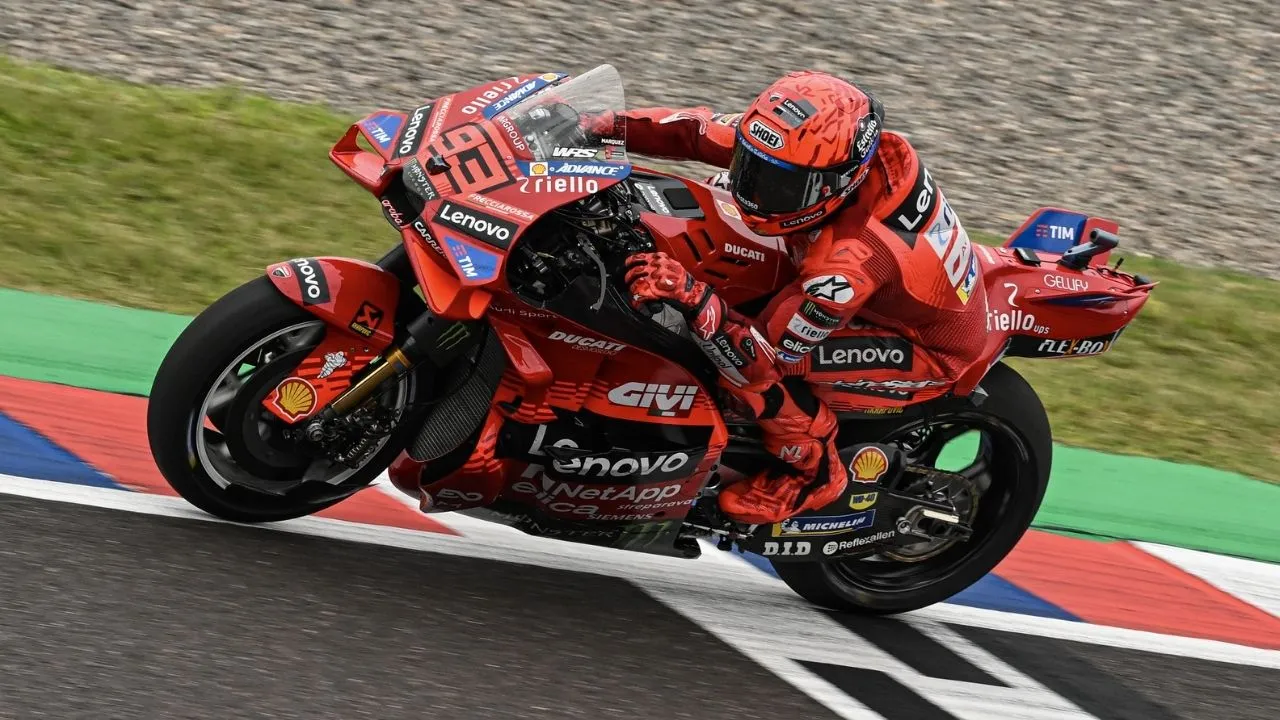






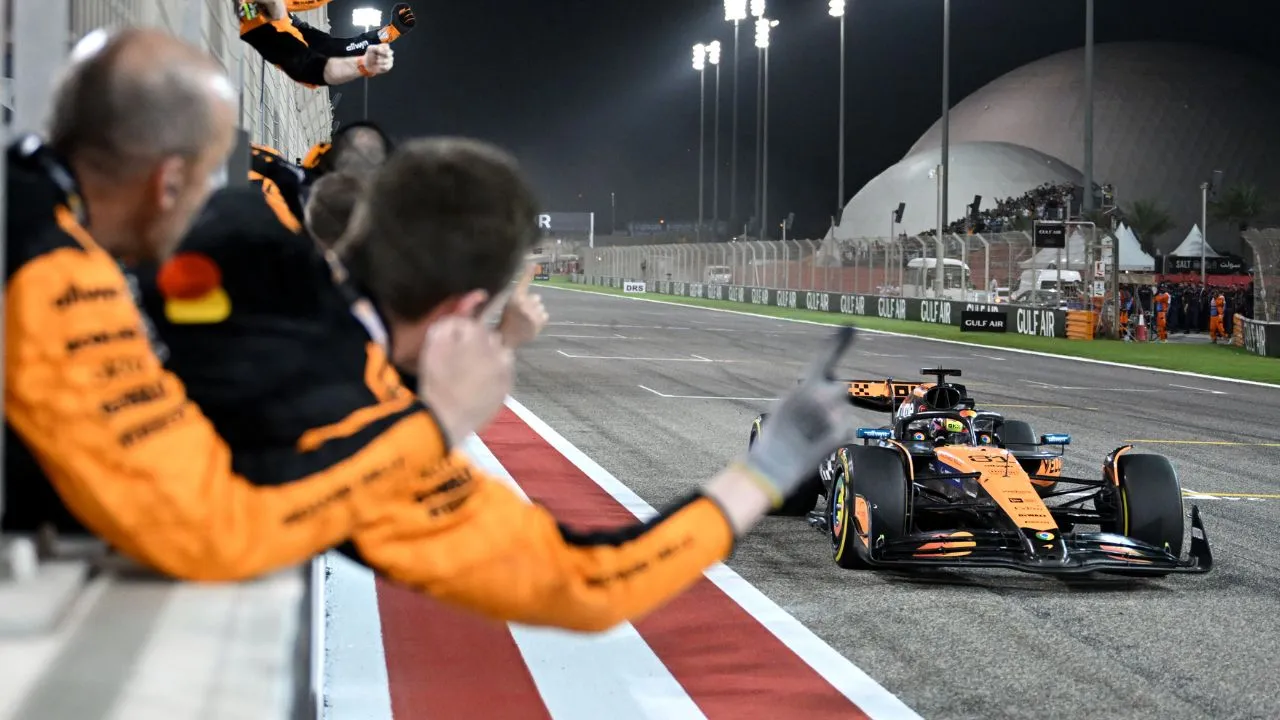

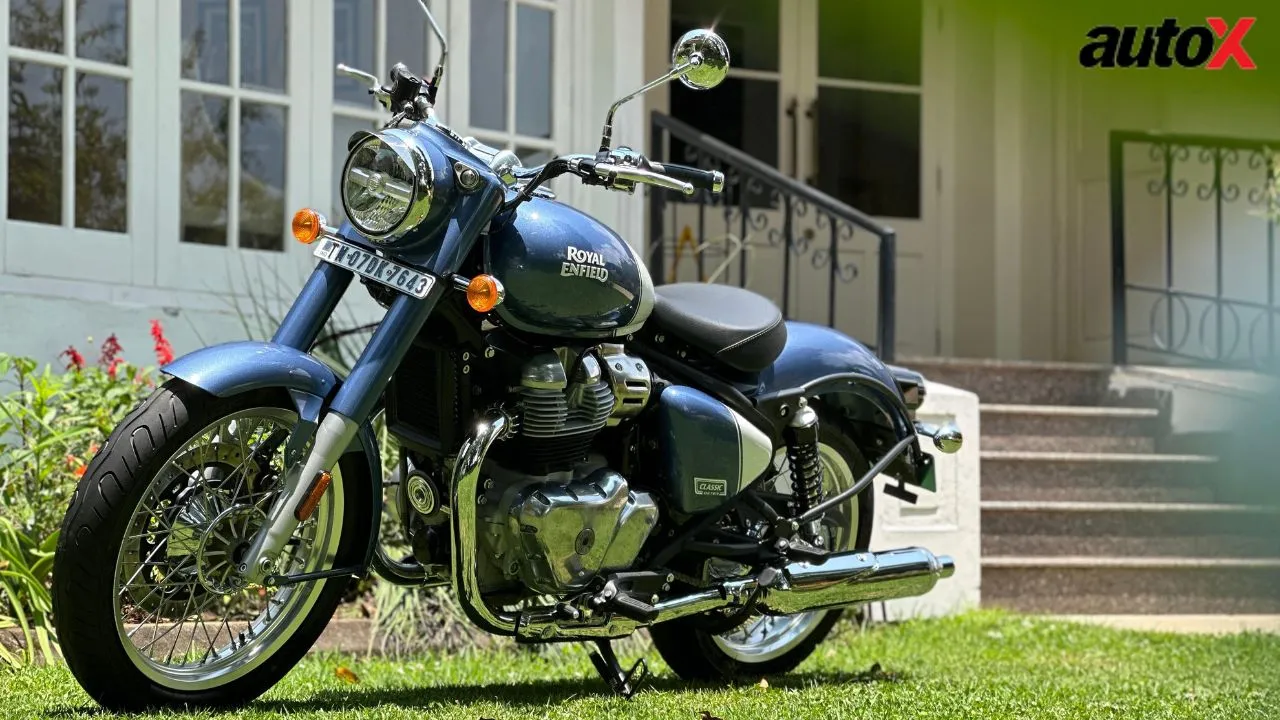
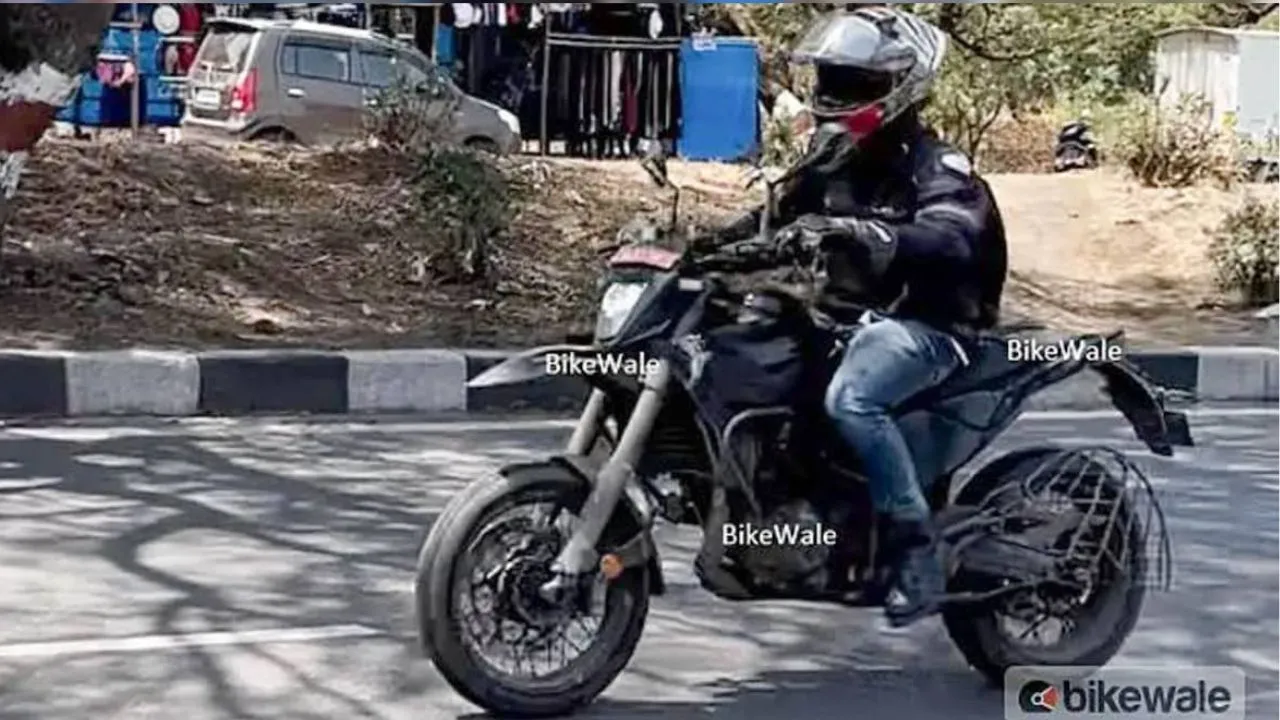




Write your Comment on